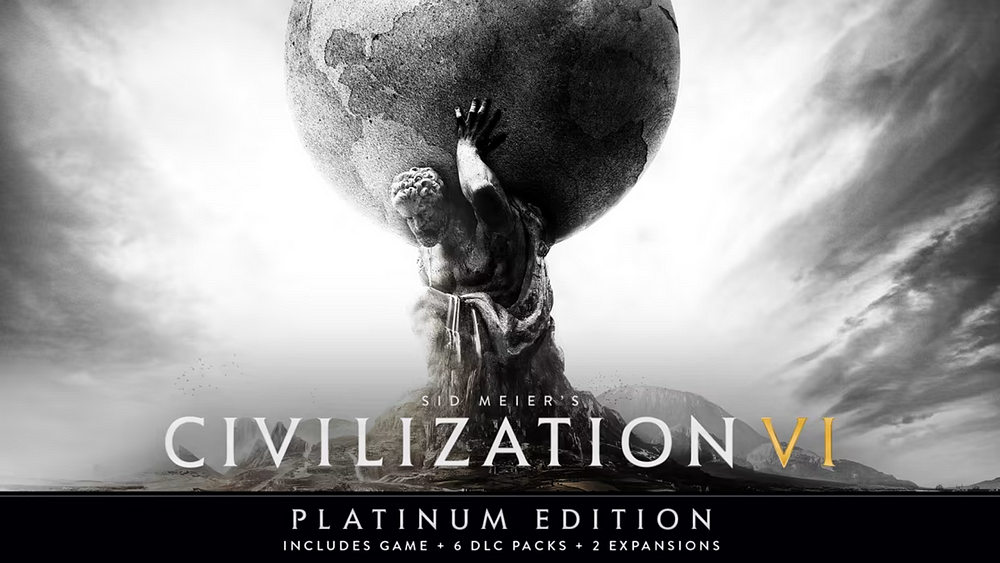Elements of Game Design
EGD. Undergrad elective. IBA School of Math and CS. Karachi. Spring 2024. Resource guide for pre-course readings and pre-course submissions.
Still very much a work in progress.

Games are complex systems that model their behavior based on player input and a simulated environment. As is the case with most complex systems, studying games makes us better systems architects and designers. Because it helps us document and decode range of behaviors solutions we design must handle.
What makes games interesting, engaging, addictive and fun? If we strip away the technology layer, what are core elements of game design. Why does it make sense for us to study gamification as computer scientists? How does that help us with our work and our mandates as technology professionals? Could we study games just like we other systems as engineers, makers and builders?
Elements of game design is an elective course that evaluates these themes in detail. Starting off with a review of PC and console games, we use themes and lessons from these games to other mediums and platforms.
Our objective is to answer the questions posed above. Can we figure out the science behind the magic in 14 weeks?
What makes something fun? Addictive? Playable? Viral? What can the history of successful titles tell us about these themes? How do successful game studios manage their design process? What roles do users and fan bases play in intellectual property and asset development? What are the five things you should do when designing games?
What is the one thing you should never do?

What do we teach in this course?
The course is structured in 4 parts.
a) The first part introduces:
a. Deliverable. Game pitch + Game Design Document.
b. History of PC, console, arcade and mobile games.
c. Review of gamification concepts. Themes and trends.
d. A day with board games.
e. Key lessons and takeaways for design applications.
b) The second part is a mix of philosophy, case studies and design themes.
a. Deliverable. Character, level design and prototype playtest results.
b. Review of character and level designs.
c. Implementation plan in selected engine.
d. Asset selection and testing.
e. Game flow story boards. Test cases and design decisions.
c) The third and fourth parts focus on frameworks required to ship a working level for a game.
a. Deliverable. Working demo
b. Deliverable. Playtest sequence.
c. Deliverable. Demo Day. Submissions.
d. User engagement and interaction cycles.
e. Incorporating playtest feedback.
f. Shipping, feature prioritization, pipeline.
g. Title publishing and publishers.
The best way of teaching these themes is to structure each week as a combination of four activities.
a) A lecture(s) focused on the theme for the week.
b) A review of a practical example, instances from the domain of games
c) Followed by a problem set that students solve on their own, or in a tutorial session with the supervision of a teaching assistant.
d) A submission that showcases their understanding of the concepts covered in this course.
Why is this a hard course?
Building something is easy. Building something fun is hard. Building something that someone you have never met agrees is fun is hardest.
The objective of this course is to build a fun game using Unreal Engine. Talin’s first law of game design says that we can only find if a game is fun, once the game is made. Who decides your game is fun? A group of external jury members not associated with IBA who you have never met. What is required to meet their expectations? A bit of everything. UX / UI. Experience engineering. Art. Sound. Engagement. Fun. Design. While you may have studied all these themes in earlier courses, studying something and making it work in the real world is hard. Making it work in 14 weeks is harder.
And then the final crucible. Shipping. So far in your years at IBA, if you are like most CS students in this city, you have never shipped anything for the real world. You have demonstrated your projects. But you haven’t really shipped.
Imagine doing the above, while doing everything you normally do in the Spring semester with Ramazan thrown in March.
To make sure you understand how hard this is, you will be shipping between 2–4 trial level editions using the Unreal Engine templates. Each of these levels would require 8–12 hours of weekend hours, every week for the first four weeks of this course. This would be graded submission backed by a short weekend viva to ensure you understood what you have done. You should plan on spending 8–15 hours every week to cover the planned course load for this course for 14 weeks. This time excludes scheduled classes and weekend workshops.
Course review materials.
Start here first. The design philosophy of game designers. A 24 minute comparative review of game designers.
Then go through the course reading book list.
a. Console Wars.
b. Sid Meier’s memoirs. A life in games.
c. Blood, Sweat and Pixels.
d. Blueprints. Visual scripting for Unreal Engine 5
e. Space X. Starship.
Course Readings. Mandatory milestone assessments.
- Game design as narrative architecture — https://paas.org.pl/wp-content/uploads/2012/12/09.-Henry-Jenkins-Game-Design-As-Narrative-Architecture.pdf
- Searching for the Origami Unicorn. The Matrix and transmedia storytelling. https://esp.mit.edu/download/325f5eaf866f28321a67c005b24759b1/H6379_jenkins-2006-unicorn.pdf
- Interaction design. Daniel Fallman. https://daniel.fallman.org/resources/papers/dfallman-di20082434.pdf
- Interactive audiences. Henry Jenkins. https://raley.english.ucsb.edu/wp-content/uploads/Reading/Jenkins.pdf
- Indie Game — The movie. https://www.youtube.com/watch?v=dINgx0y4GqM
- Colors of game design. https://uxdesign.cc/colors-of-game-design-9413d81e93a
- Warren Spector on Commandments of game design. https://www.gamesindustry.biz/warren-spectors-commandments-of-game-design
- Replayability in game design. https://medium.com/super-jump/replayability-in-game-design-798fbb91a726
- Common myths about game design. https://dreamertalin.medium.com/common-misconceptions-about-computer-game-design-d2ff380876c4
- Thinking Spatially. https://medium.com/improbable-engineering/thinking-spatially-using-dynamic-interest-management-to-create-revolutionary-game-designs-80ed0fe7693
- 5 tips from Will Wright. https://amyjokim.medium.com/5-game-design-tips-from-will-wrights-masterclass-7d8ed528ac3e
- Graphic Design for game designers. https://medium.com/game-design-fundamentals/graphic-design-for-game-designers-d752e5bece7f
- Font combinations. https://www.canva.com/learn/the-ultimate-guide-to-font-pairing/
- A history of game consoles. https://taskade.medium.com/the-history-of-video-game-consoles-19-devices-that-shaped-the-history-of-game-design-f28ce9bbff66
- Dark Patterns. https://uxdesign.cc/game-design-dark-patterns-that-keep-you-hooked-a3988395533c
- Flow theory. https://void1gaming.medium.com/flow-theory-in-game-design-11d70716c119
- UX in Game design. https://medium.com/aela-design/ux-in-game-design-a-player-centric-approach-cf801cb8d508
- The Bloodborne / Dark Souls story — https://www.theguardian.com/technology/2015/mar/31/bloodborne-dark-souls-creator-hidetaka-miyazaki-interview
Game Review reference
- The best space / space race games — https://www.rockpapershotgun.com/best-space-games-on-pc
- The best space games — part I. https://www.pcgamer.com/the-best-space-games-on-pc/
- The best strategy games on PC — Part II. https://www.rockpapershotgun.com/the-best-strategy-games-on-pc
Tutorials
EPIC Unreal Engine — https://www.youtube.com/playlist?list=PLKPWwh_viQMGQkQfKKD5lF96efA3_RWt-
TBTC — Unreal 4 tutorial — https://www.youtube.com/playlist?list=PLBLmKCAjA25CKFIvmaA8y3tsX_URgkX4O
References watch list
Gamer motivation profiles. Quantic Foundry. Short 22 minutes. https://www.youtube.com/watch?v=YZwiQd-0xqQ
Gamer motivation profiles. Longer edition. 1 hour.
Negative space in level design.
Will Wright. Lessons in Game Design. 21 talks by Will on Game Design
Will Wright. Game Design. Complete Play List
